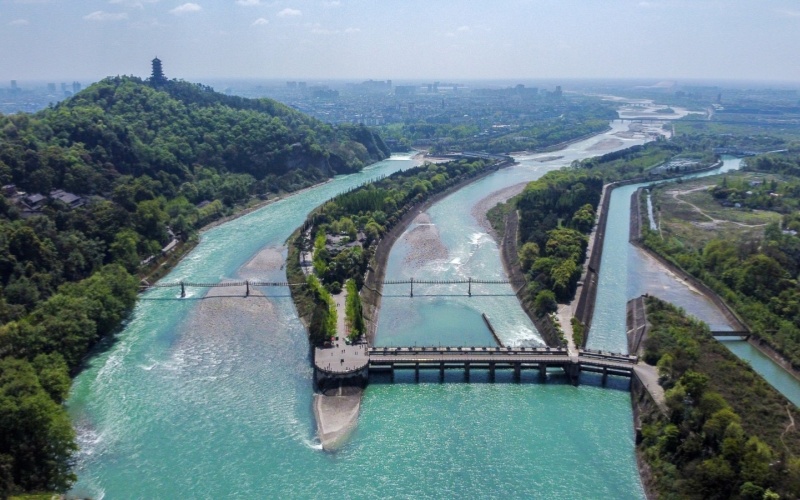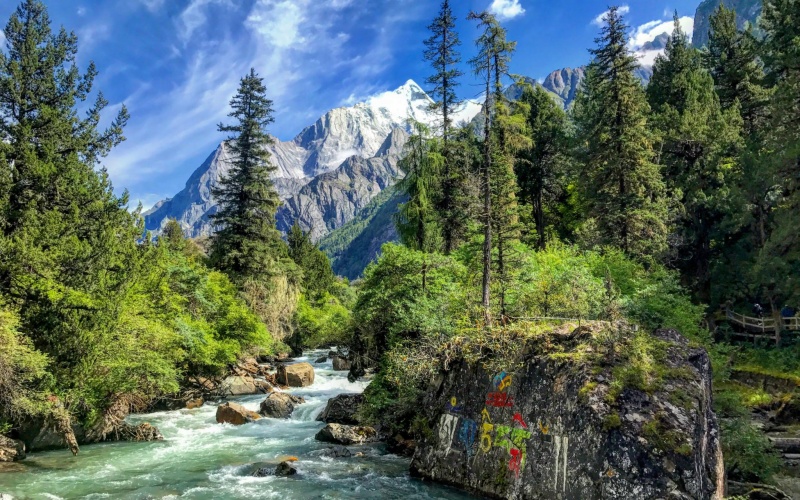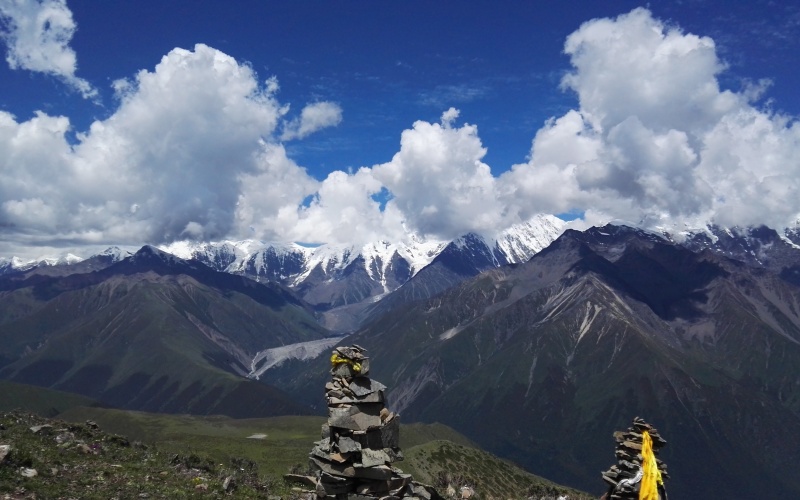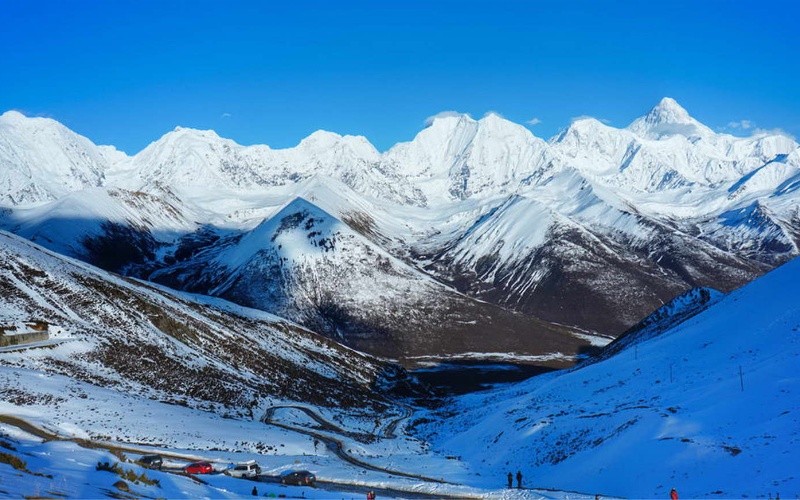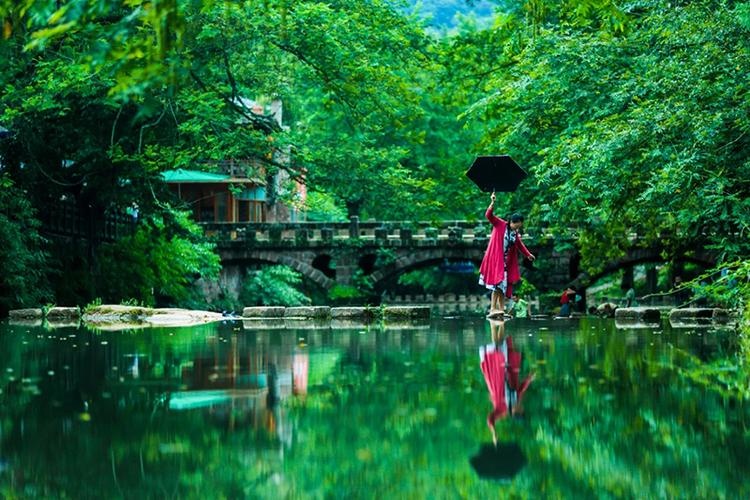In the morning, drive to Dujiangyan to visit the Irrigation System, which was built around 250 BC by Li Bin, a governor of Shu Prefecture in Qin State. This great project still works well today after more than two thousand years of function. It not only put an end to the water disaster for the local people but also made Chengdu Plain "the land of abundance." While visiting the water conservation work, you may find that the methods of harnessing the river the ancient people used are simple but useful. In 2000, Dujiangyan became a UNESCO World Heritage Site. After that, drive to Wolong National Nature Reserve, which is 52 km long from east to west and 62 km wide from south to north, covering the whole area of 200,000 hm². It is one of China's earliest natural reserves, rated as a preservation zone for "mankind and living beings" by the United Nations Educational, Scientific, and Cultural Organization (UNESCO). The virgin forest, second bush forest, and bamboo groves are lush green. There are over 4,000 kinds of high-level plants, with 24 valuable plant species like Gongtong (Chinese dove tree), red China fir, Lianxiang, and more. The reserve also hosts over 450 vertebrate species, with 45 of them being rated as national focal preserved animals, such as giant pandas, golden monkeys, antelopes, white-mouth deer, etc. The natural and beautiful scene is quiet and secluded. Visit Shenshuping Panda Base in Wolong, where about 50 pandas live. It is the largest breeding center for giant pandas, integrating scientific research, feeding, breeding, reproduction, wildness training, etc. Then drive to Siguniang Shan Town (formerly Rilong) through the Balang Tunnel. If the weather is good, enjoy the beautiful landscape of the sunset of Siguniang Shan Mountain at the Maobiliang.
Traffic: Car
Hotel: Overnight at Yunshang Hotel
Meals: Breakfast

































